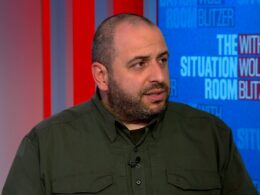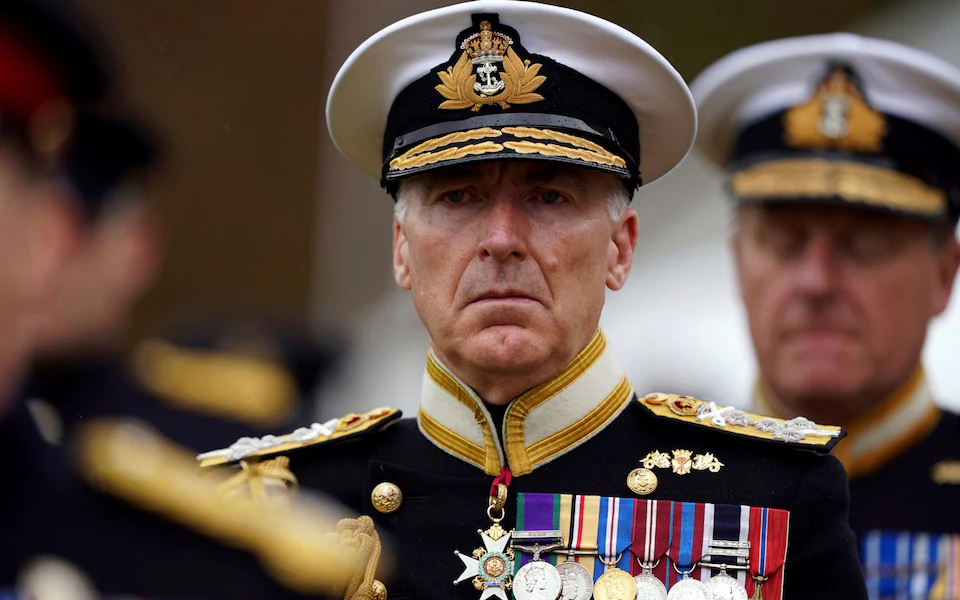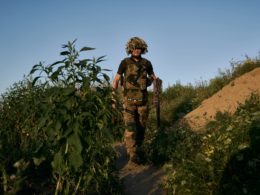Shoigu publicly presented a series of proposed Russian defense policy changes to significantly increase the size of the Russian military. Shoigu proposed that Russia reestablish the Moscow and Leningrad military districts, form a new army corps, and form 17 new maneuver divisions. Shoigu suggested that Russia form a new army corps in Karelia, two new airborne assault divisions, three new motorized rifle divisions in occupied Kherson and Zaporizhzhia oblasts, and expand seven existing brigades of the Northern Fleet and Western, Central, and Eastern Military districts into seven new motorized rifle divisions while expanding five existing naval infantry brigades into five naval infantry divisions. Shoigu also proposed that Russia form five artillery divisions to support military districts.
This is not the first time the Russian MoD has signaled its intention to reverse the 2008 Serdyukov reforms that largely disbanded Russian ground forces divisions in favor of independent brigades. The Russian MoD has been steadily reversing the Serdyukov reforms by restoring maneuver divisions across Russian military districts since 2013.
The Kremlin is very unlikely to form such a large conventional force in a timeline that is relevant for Russia’s war in Ukraine, however. Forming divisions is costly and takes time. It took the Russian military over a year to reform the 150th Motorized Rifle Division (8th Combined Arms Army) between 2016 and 2017, for example.
Russia was unable to fully staff its existing brigades and regiments before the full-scale invasion and had not fully built out a new division it announced it was forming in 2020 before the start of the 2022 invasion of Ukraine.
Russia’s economy is in recession, and its resources to generate divisions have significantly decreased since Russia’s full-scale invasion of Ukraine.
Russia’s net training capacity has likely decreased since February 24, in part because the Kremlin deployed training elements to participate in combat in Ukraine and these training elements reportedly took causalities.
Russia is reportedly leveraging Belarusian trainers to train mobilized forces and possibly contract soldiers and conscripts, indicating the limitations of Russian training bandwidth. Russia’s officer corps has been eviscerated by casualties in this war.
Shoigu’s proposals could be an overture to placate the milblogger community who have accused the Kremlin of not conducting the war seriously or taking the measures necessary to win the war. It also sets information conditions for the Kremlin to conduct future mobilization waves under the rubric of staffing these formations and/or significantly augmenting Russia’s military strength in the long run.
The Kremlin can form a large conventional military along the lines Shoigu described that would be capable of posing a renewed and serious threat to NATO if Russian President Vladimir Putin decides to fundamentally change Russia’s strategic resource allocation over the long run.







